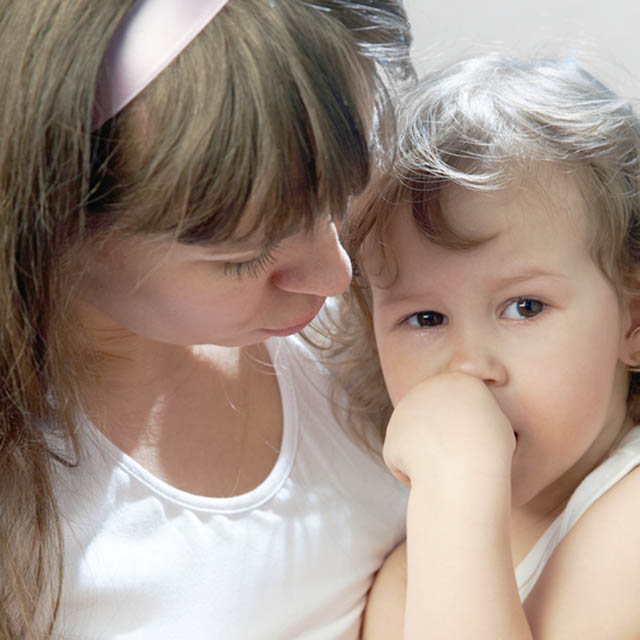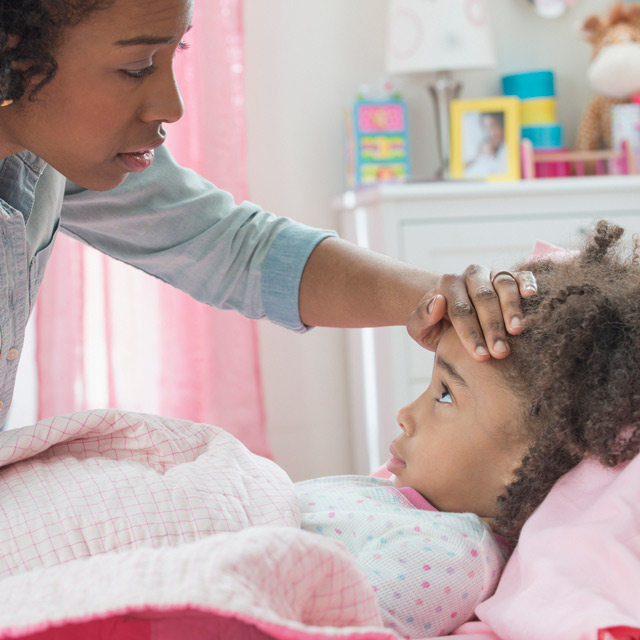Sometimes it’s hard to know what to do when your child is ill or hurt during “off hours.”
I once received a call from a friend asking if she should take her daughter, who was ill with a fever and cough, to the emergency room or wait it out and go see her primary care doctor on Monday. I recommended that she continue supportive care (fever reducer, fluids, rest and extra cuddle time) over the weekend and take her into the pediatrician’s office Monday morning. In this case, it was the right call, but it’s often difficult to know when to take your child to the ER.
So when should you hightail it to the emergency room or call/visit your doctor’s office?
There are advantages to both. Your pediatrician or family practitioner knows your child and his/her medical history well and can handle most illnesses. Your primary doctor also has continuity of care with your child. Once, one of my little ones was diagnosed with bronchiolitis; our pediatrician called the day after our visit to check on him, and we followed up in the office again a few days later. If you go to an emergency room, you’ll probably see different providers on different visits.
Most offices also have after-hours doctors or nurses on call that can help you decide what to do in the middle of the night or on a weekend. Sometimes your doctor might see you in the office and refer you to the ER if the situation is serious. Monroe Carell Jr. Children’s Hospital at Vanderbilt also has several After-Hours clinics in Middle Tennessee to help bridge the gap when your pediatrician does not have office hours, but you don’t want to make a trip to the emergency room.
The ER, often called the emergency department, also has advantages such as imaging equipment, complex procedures, bloodwork, IVs and medications. Moreover, the doctors have specific training in emergency medicine.
The American Academy of Pediatrics recommends taking your child to the ER if he or she:
- is acting strangely or becoming more withdrawn and less alert;
- is becoming less and less responsive;
- is unconscious;
- has rhythmic jerking and loss of consciousness;
- has more and more trouble breathing;
- has a change in their skin or lip color to dusky or blue/gray;
- has neck stiffness or rash with a fever;
- has uncontrolled or persistent pain;
- has a severe cut or burn, especially on the head;
- has bleeding that does not stop after applying pressure for 5 minutes;
- has a head injury accompanied by loss of consciousness, confusion, severe headache or vomiting;
- may have been the victim of sexual abuse.
I would include compound fractures (where your child has a broken bone that is visible), smoke inhalation and poisoning to that list. Remember to call the poison control center immediately at 1-800-222-1222 if you suspect your child has ingested a poison or medication; the people staffing the poison control phone line are great at walking you through what to do.
Sometimes you can take your child to the emergency department by car, but if there is serious danger, call 911.
This post was written by Maya Neeley, M.D., a board-certified pediatrician specializing in hospital medicine at Monroe Carell Jr. Children’s Hospital at Vanderbilt.

Vanderbilt’s Children’s After-Hours Clinics offer the convenience of a walk-in clinic with care provided by a board-certified pediatrician from Children’s Hospital. No appointment is necessary, but we recommend calling your pediatrician first. Learn more about services and find locations for Children’s Hospital After-Hours Clinic here.




